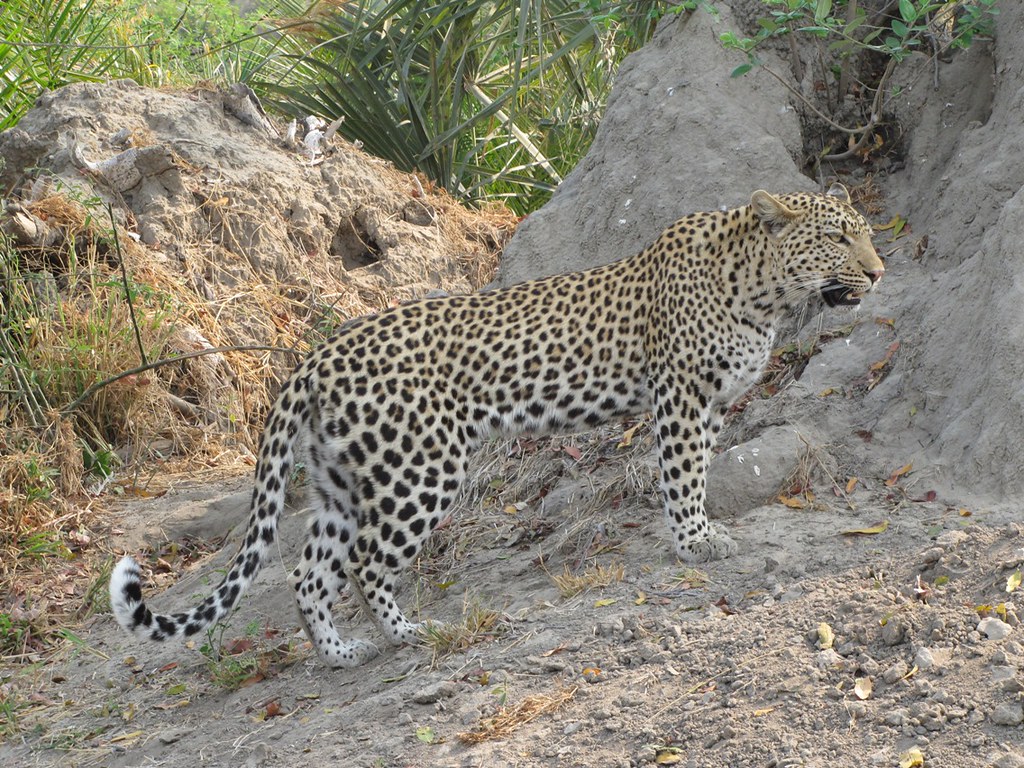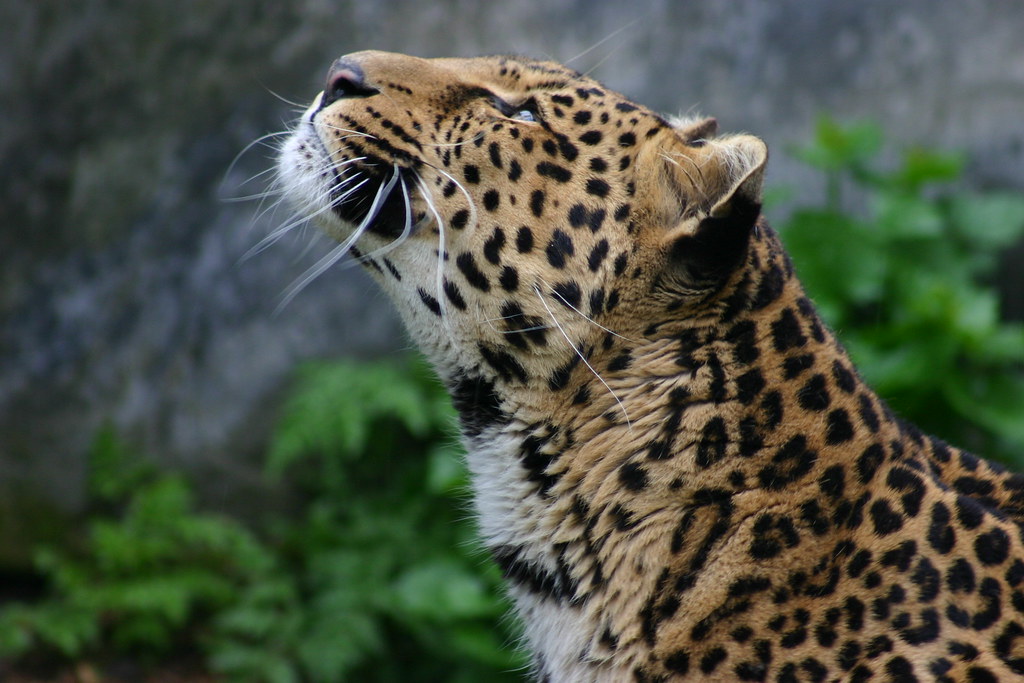
Locations to observe leopards in Uganda
Locations to observe leopards in Uganda
Locations to observe leopards in Uganda; leopards are carnivorous mammals inhabiting several national parks in Uganda. Leopards are highly secretive and elusive creatures that predominantly conceal themselves in trees during the day. They are generally solitary, as encounters in pairs are seldom unless during mating, in contrast to lions that reside in prides. Leopards are nocturnal creatures that exhibit heightened activity throughout the night, rendering them difficult to observe during daytime game drives. Their swiftness, stealth, and agility enable them to hunt effectively, even preying on larger animals. Additionally, their spotted pelage aids in camouflage.
Leopards exhibit adaptability and resilience in several environments, including savannahs, rainforests, and mountains. They are proficient swimmers, capable of hunting fish in aquatic settings and preying on animals foraging along the shores. The gestation cycle of leopards lasts approximately 90 to 100 days post-mating, and a female leopard typically births up to four offspring. Postpartum, the mother will rear her pups in a safeguarded environment, shielded from lions, for approximately 1 to 2 years, during which time the cubs will acquire the skills necessary for independent hunting. Leopards in Uganda inhabit savannah national parks, including
Queen Elizabeth National Park
Queen Elizabeth National Park is situated in the western region of Uganda and is one of the national parks where visitors can observe leopards. Leopards in Queen Elizabeth National Park can be observed during the lion tracking experience and wildlife drives in the Kasenyi Plains and Mweya Peninsula, utilizing a luxurious pop-up safari vehicle accompanied by a professional driver-guide.
Leopards in Queen Elizabeth National Park can be observed during the nocturnal wildlife drive in Mweya Peninsula, where visitors can explore the park at night with spotlight torches and an armed ranger escort. Queen Elizabeth National Park is renowned for its tree-climbing lions in the Ishasha sector, as well as a diverse array of wildlife including buffaloes, elephants, Uganda kobs, bushbucks, waterbucks, warthogs, topi, and other bird species.
Kidepo Valley National Park
Kidepo Valley National Park is another location in Uganda where visitors can observe leopards. Kidepo Valley National Park is situated in the northeastern region of Uganda, within the Karamoja District, along the borders with South Sudan and Kenya. Kidepo Valley National Park is renowned for its diverse array of wildlife species, including leopards, lions, cheetahs, hyenas, buffaloes, elephants, waterbucks, giraffes, zebras, Jackson’s hartebeest, klipspringer, Uganda kobs, oribi, elands, mountain reedbucks, dik-dik, and both greater and lesser kudus, among others. Leopards in Kidepo Valley National Park can be observed during game drives in Narus Valley and Kidepo Valley with a trained driver-guide.
Leopards in Murchison Falls National Park
Murchison Falls National Park is the largest national park in Uganda, situated in the northwestern region of the country. Murchison Falls National Park is a protected area in Uganda that hosts leopards, which can be observed during game drives in a pop-up safari vehicle, accompanied by a professional driver-guide navigating various game tracks, including the Buligi, Albert, Pakuba, Victoria, and Honeymoon tracks, among others.
Leopards at Murchison Falls National Park can be observed on nocturnal game drives, where visitors can explore the park at night using spotlight torches for enhanced visibility of nocturnal wildlife.
Lake Mburo National Park
Lake Mburo National Park is the smallest savannah national park in Uganda, situated in the western portion of Kiruhura District. Lake Mburo National Park is renowned for its population of leopards, observable during both day and nocturnal game drives. Lake Mburo National Park is also inhabited by various species, including buffaloes, giraffes, zebras, elands, impalas, oribi, waterbucks, and warthogs, among others.
Optimal period for leopard observation in Uganda

Leopards in Queen Elizabeth National Park, Kidepo Valley National Park, Lake Mburo National Park, and Murchison Falls National Park are observable year-round; however, the optimal viewing period occurs during the dry season, specifically from June to September and December to February. During these months, reduced rainfall results in shorter vegetation, facilitating clear visibility of leopards. Additionally, the game drive tracks remain dry and navigable, enhancing the ease of game drives.
For additional details regarding leopard sightings in Uganda, please contact us or visit our website to reserve an economical Uganda safari package.


